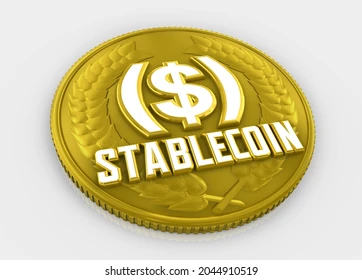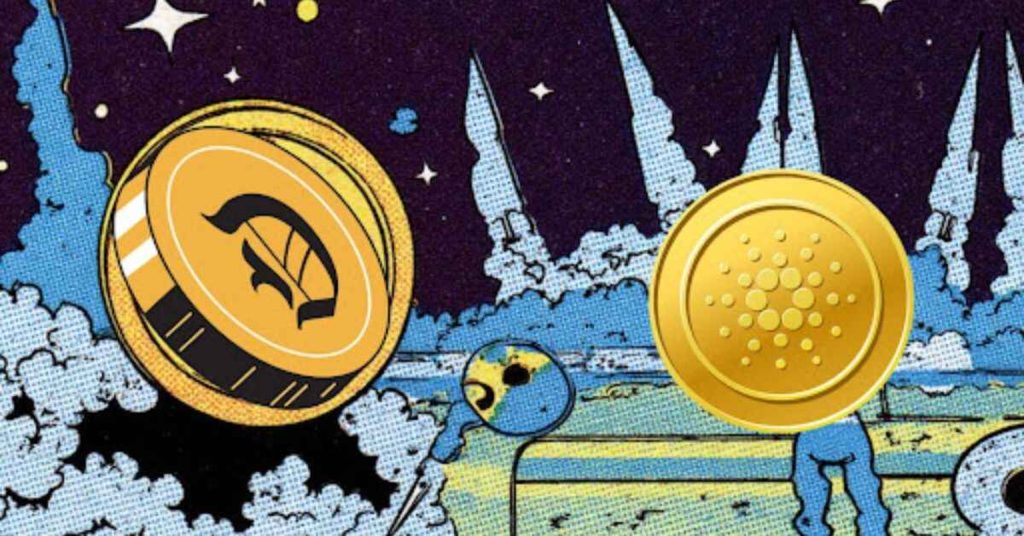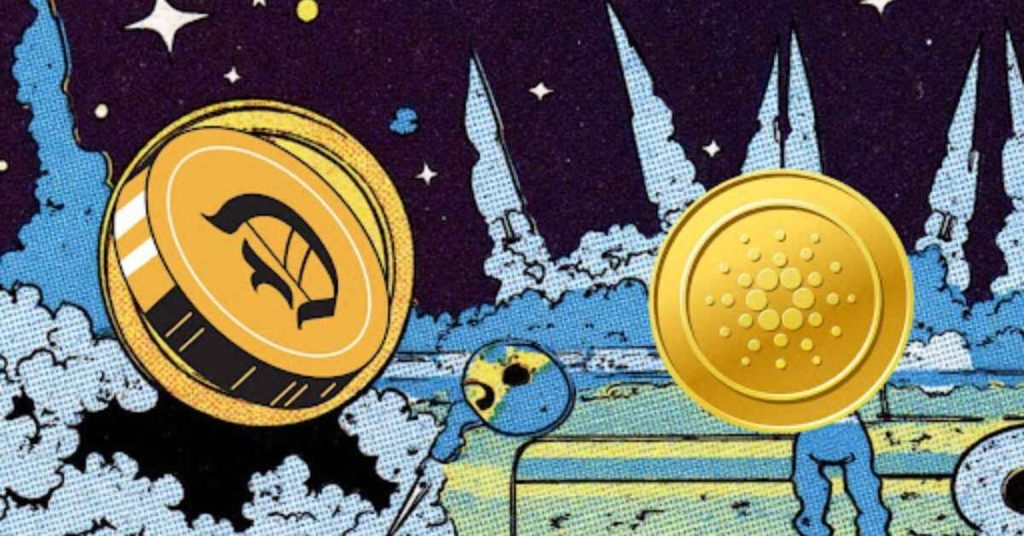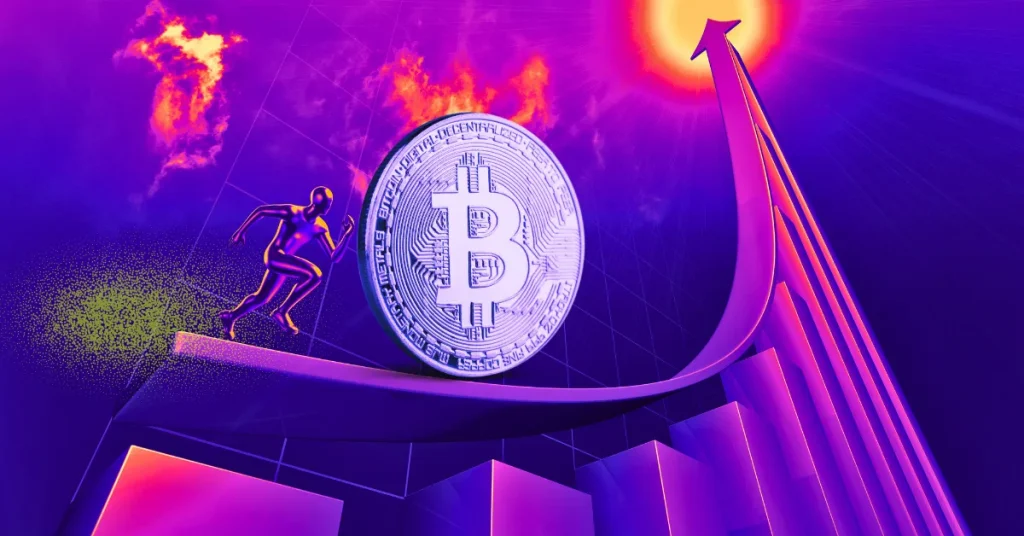
The post Trump Warns: “Perfect Time” for FED Rate Cuts — Will Jerome Powell Listen? appeared first on Coinpedia Fintech News
The debate surrounding FED rate cuts continues to swirl, as U.S. President Donald Trump clarified he has no intention of firing Federal Reserve Chair Jerome Powell — but made it clear he’s losing patience.
Speaking to reporters, Trump labeled it now the “perfect time” for the Fed to act. While he attempted to squash rumors about Powell’s dismissal, he didn’t hold back his criticism. “I’m not firing Powell,” Trump said, blaming the media for fueling speculation. Still, he added that the Federal Reserve should move faster in cutting interest rates, pointing to global central banks already easing their policies.
“He should act early or on time, not late.” — Trump on Powell
Markets Stay Steady as Trump Ramps Up Pressure
Despite Trump’s direct messaging, the markets stayed cool. Bitcoin surged past $90K, riding the optimism sparked not only by Trump’s comments but also by U.S. Treasury Secretary’s remarks labeling the trade war with China as “unsustainable.” Treasury yields saw only modest movement, with short-term rates edging up to 3.82% following weak demand at a bond auction. The U.S. dollar held steady, reflecting cautious investor optimism over easing trade tensions.
Analysts suggest that Trump’s public push may be more about managing expectations — and assigning blame — than any real threat to Powell’s leadership.
FED in Holding Pattern as Pressure Mounts
The Federal Reserve, meanwhile, remains cautious. While Powell’s job is safe for now, the central bank continues to assess the impact of Trump’s policies on trade, taxes, and immigration. With inflation stubbornly above the 2% target for the fourth year in a row, most Fed officials believe current interest rate levels are justified.
Still, economists warn that the ripple effects of tariffs could weigh on growth later this year — possibly forcing the Fed to revisit its stance.
“FED rate cuts may not be off the table — even if Powell resists political pressure for now.”With Wall Street bouncing back and Trump intensifying his calls for action, one thing is clear: The Trump vs. Powell rate debate isn’t going away anytime soon.
Never Miss a Beat in the Crypto World!
Stay ahead with breaking news, expert analysis, and real-time updates on the latest trends in Bitcoin, altcoins, DeFi, NFTs, and more.






